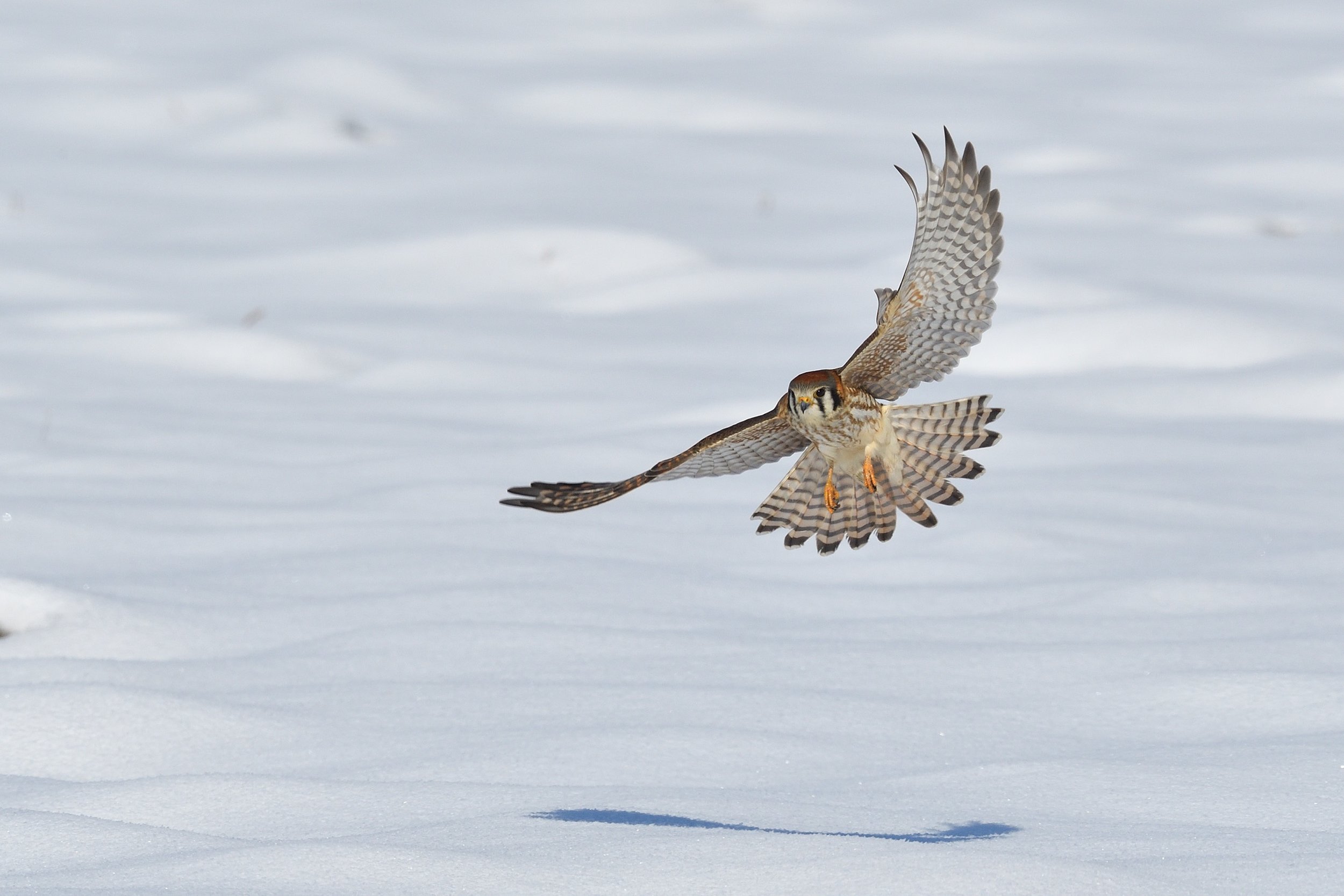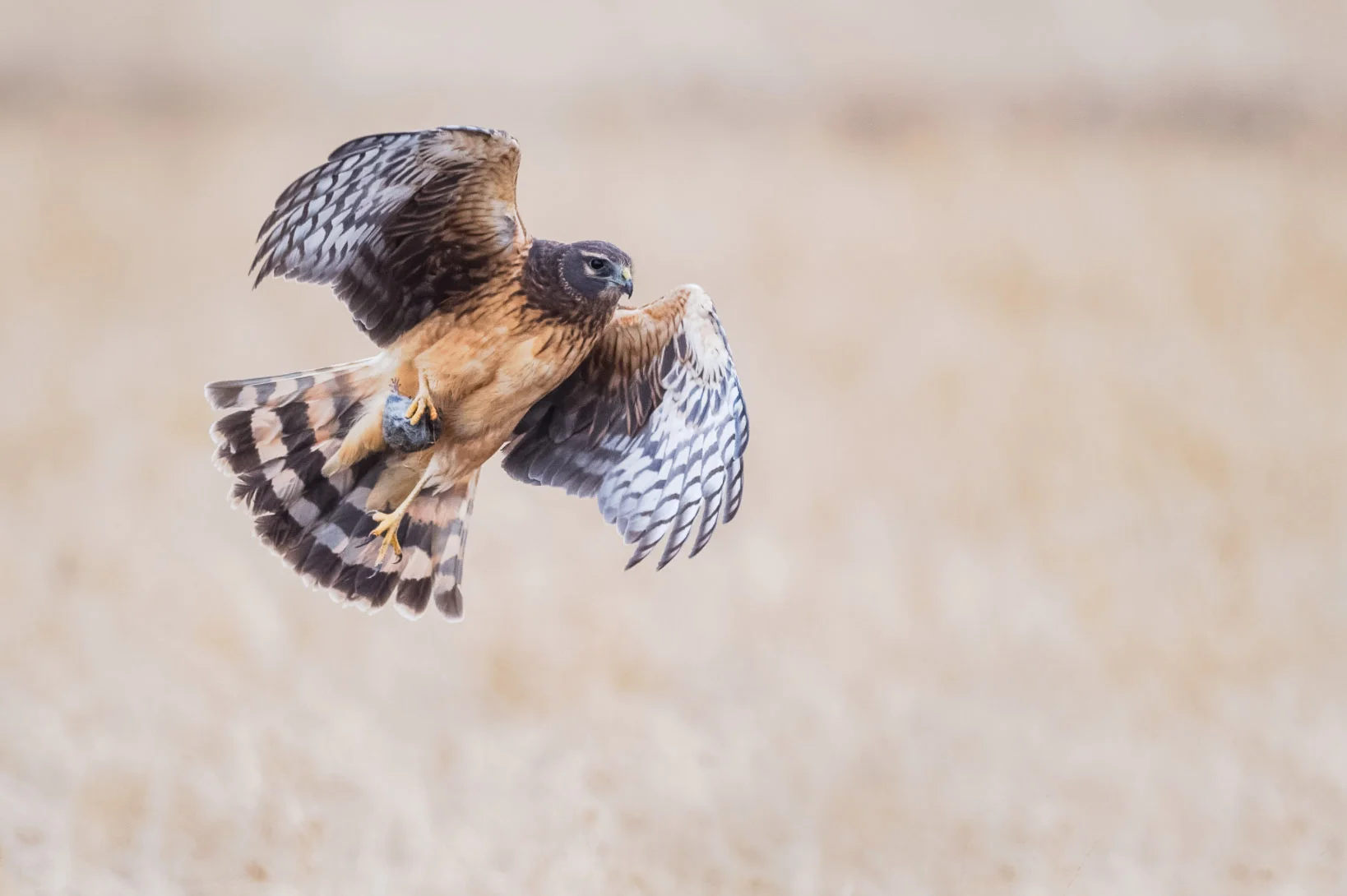Utah Winter Raptors
Trip Two Dates: Jan 22 - Jan 26, 2024
Fee: $2800, does not include meals or lodgingDeposit: $750 - to be subtracted from the total tour fee of $2800, leaving $2050 due 90 days prior to the trip.
From: Provo, Utah
Leaders: John Crawley, Matthew Studebaker
Target Group Size: 4 photographers
Utah hosts a higher raptor density in the winter than anywhere I have ever seen by far. Drive the agricultural fields beneath the mountains and explore the canyons as we search for photo opportunities with these amazing birds.
Travel considerations: Fly to Salt Lake City
This trip is for advanced photographers!! - We will photograph many of the raptors in flight. They are extremely fast and erratic, making them difficult to track. There are so many variables in play. It’s not uncommon to spend all day searching for just a few moments of fast action. Even skilled flight photographers will need patience and persistence to nail the shot oftentimes.
Equipment: I recommend bringing a digital SLR with matching lens. On this photo tour, you will want a camera with a high frame rate and fast focusing ability. Although sometimes the birds come close enough for something as short as a 300mm, most of the time they feel more comfortable when photographers use something in the 500mm range. We don't recommend this trip to new photographers, or people who aren't very comfortable with flight photography.
The following gallery contains images John Crawley and Matthew Studebaker during previous Utah photo tours:
Likely Species on the trip. We often concentrate on the falcons and harriers with more opportunistic shots of buteos. Greater emphasis will be placed on buteos when weather conditions are favorable. Species in bold will be the most likely be photographed on this trip -
Bald Eagle
Northern Harrier
Cooper's Hawk
Sharp-shinned Hawk
Red-tailed Hawk
Ferruginous Hawk
Rough-legged Hawk
American Kestrel
Merlin
Prairie Falcon
Western Screech-Owl
Northern Pygmy-Owl
Great-horned Owl
Barn Owl
Woodhouse’s Scrub Jay
Black-billed Magpie
What to pack
Warm winter boots
Jacket for cold weather
Hat and gloves and something to protect your neck and face from wind
Camera Gear. Bring your longest lens as well as something you feel comfortable hand-holding in the 300mm, 400mm, or 500mm range. Bring a camera body with a high frame rate and excellent fast focus. You may wish to bring a bean bag to support your camera while photographing out a vehicle window. Binoculars are optional but can be fun to use to spot birds.
Cell Phones and Internet: The hotels all have wifi. We should also have phone reception most of the time in the field.
Weather and Schedule:
Be prepared for temperatures between 5 and 50 degrees Fahrenheit. We will use as much photograph-able light as we can each day, shooting sunrise through 11:00am, and 3pm to sunset, and also use mid-day light during overcast conditions. We will have five full days of photography so arrive the day before the trip starts and send us your flight info.
SUN DATA
Sunrise approx. 7:35am
Sunset approx 5:45pm
Transportation: We will drive as a group in cars provided by Matthew and John. We want each participant to have a door and window, in case we need to use the car as a blind.
Hotel:
More information to be provided about where to stay upon signing up for the trip. Hotel costs are not included in the photo tour fee. We will make hotel reservations unless you tell us otherwise. Check in under Matthew Studebaker and simply change the room to your name and credit card at the time of arrival. If you wish to book your own hotel room, let us know so we can cancel the one we made on your behalf.
Meals: This trip takes place near civilization so we'll have plenty of restaurant options.
Physical Requirements:
Temperatures may be fairly cold, but if you dress appropriately this should not be an issue. Each participant should also be comfortable handholding medium to long telephoto lenses or good at flight photography from a tripod. We don't expect long hikes or a lot of walking on this trip.
Photographic Objectives:
This trip will have a heavy emphasis on raptors in flight, but many perched shots will be possible as well. Our goal is that each participant will walk away with several high quality images each day, and that by the end of the trip each participant will have excellent images of 6 - 8 species of raptors.
About the trip leader John Crawley:
John Crawley graduated with a degree in Zoology with an emphasis in raptor biology. He did research for the DNR and NFS on Osprey and helped take care of endangered raptors at BYU as they transitioned to the Peregrine Fund. John then went on to take care of raptors as a licensed falconer for many years. He has lived in the Provo, UT area for most of his life so he knows the raptors and land intimately.























































